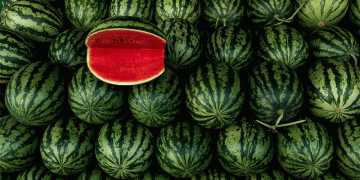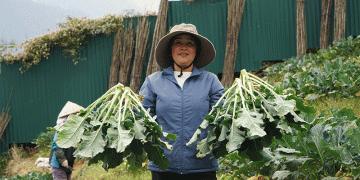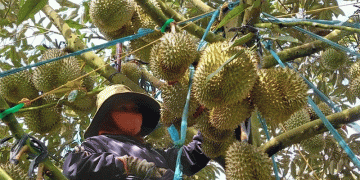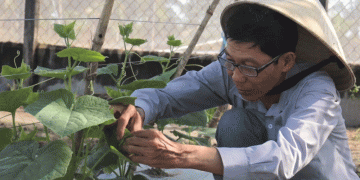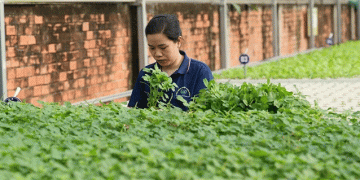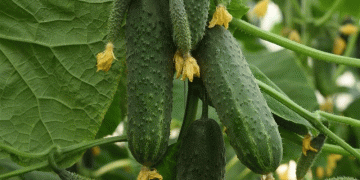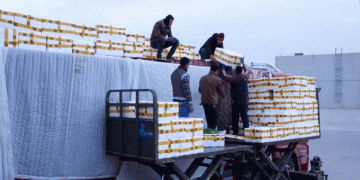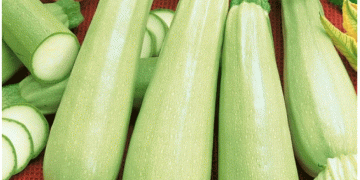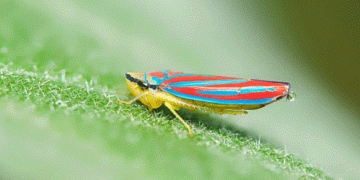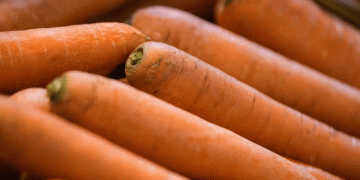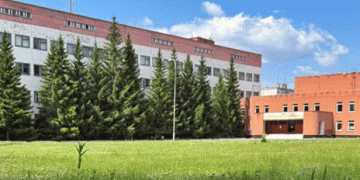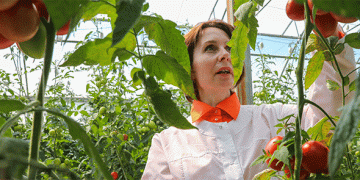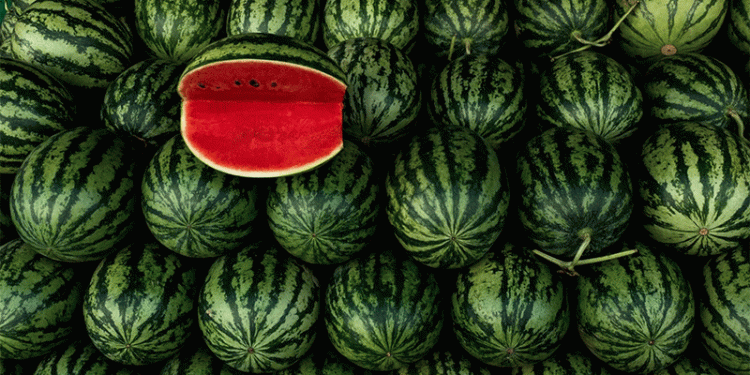A shocking price disparity in Spain’s watermelon market has exposed critical vulnerabilities in fresh produce supply chains, with August 2025 data revealing a 475% price increase between farmgate and consumer markets. According to the Price Index of Origin and Destination (IPOD) compiled by the Coordination of Farmers and Livestock Organizations (COAG), farmers received an average of just €0.16 per kilogram—below production costs—while consumers paid €0.92 per kilogram, representing a 5.75-fold increase.
This dramatic markup occurs against a backdrop of rising agricultural production costs across Europe. Data from the European Commission’s Agricultural Outlook 2025 indicates that fruit and vegetable production costs have increased by 18-22% over the past two years, driven primarily by higher energy, fertilizer, and labor expenses. Despite these cost increases, farmer prices have remained stagnant or declined for many commodities, creating an unsustainable economic situation for producers.
The watermelon price crisis exemplifies broader challenges in fresh produce supply chains. According to FAO analysis, the average farm-to-retail price spread for fresh fruits and vegetables typically ranges between 200-300% in developed markets. Spain’s 475% markup significantly exceeds these norms, suggesting particular inefficiencies or market power imbalances in the distribution system.
Several factors contribute to this extraordinary price disparity:
- Concentrated retail power: A limited number of large retailers control market access
- Complex logistics: Multiple handling points between farm and consumer
- Quality standards and rejections: Significant product loss during sorting and transportation
- Seasonal timing: August represents peak demand during vacation period
- Climate impact: Production challenges from extreme weather events
The situation is particularly concerning given that farmer prices fell below production costs, which agricultural economists estimate at approximately €0.20-0.25 per kilogram for watermelon in Southern Spain. This cost-price squeeze threatens the long-term viability of specialty crop production in the region.
The Spanish case reflects broader global trends in agricultural market structure. Research from the International Panel of Experts on Sustainable Food Systems (IPES-Food) indicates that increasing concentration in food retail and processing sectors has systematically reduced farmer share of consumer food expenditures across most developed economies.
The 475% watermelon price increase in Spain represents more than a seasonal anomaly—it reveals structural flaws in fresh produce supply chains that disadvantage both producers and consumers. While farmers receive prices below production costs, consumers face increasingly unaffordable fresh food prices. This situation demands urgent attention from policymakers, agricultural organizations, and supply chain participants. Potential solutions include developing alternative distribution channels, increasing supply chain transparency, implementing fair pricing mechanisms, and supporting producer organizations to strengthen farmer bargaining power. Without systemic reforms, the continued viability of fresh fruit and vegetable production in Europe may be at risk, ultimately reducing diversity in agricultural production and consumer food choices.
